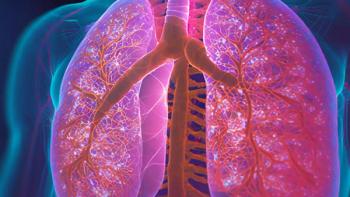
The Role of AI in Breast Cancer Detection and Treatment
Breast cancer is one of the most prevalent types of cancer worldwide, affecting millions of people every year. According to the World Health Organization, breast cancer is the leading cause of cancer-related deaths among women, with over 600,000 deaths in 2020. Despite the alarming statistics, there have been significant advances in breast cancer therapeutics in recent years, leading to improved outcomes and better quality of life for patients.
This progress has been driven by the development of new targeted therapies, immunotherapies, and precision medicine approaches, as well as improvements in supportive care and radiation therapy. Additionally, advancements in artificial intelligence (AI) show promise for various applications in the detection and treatment of breast cancer.
Continue reading to learn about AI’s role in mammography, breast cancer risk assessment, treatment plans, and drug discovery.
AI and Mammography
Artificial intelligence has shown significant promise in the detection and diagnosis of breast cancer using mammography. One advantage of AI in this field is its ability to improve accuracy and reduce false positives and false negatives. AI algorithms can analyze large amounts of data, including thousands of mammograms, to identify patterns and subtle changes that may indicate the presence of cancer. This can lead to earlier detection and treatment, which can improve patient outcomes and potentially save lives.
One notable advantage of employing AI in this particular domain lies in its remarkable capacity to enhance accuracy while simultaneously diminishing the occurrence of both false positives and false negatives. AI-driven algorithms possess the capability to meticulously scrutinize vast volumes of data, encompassing thousands of mammograms, with the intention of discerning intricate patterns and subtle alterations that might signify the existence of cancerous growths. Consequently, this technological advancement holds the potential to facilitate earlier identification of the disease and prompt commencement of treatment, thereby improving patient outcomes and potentially saving lives.



